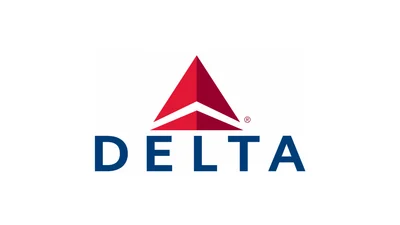To further reduce workload and enhance awareness, Airbus equipped the A350 with advanced head-up displays capable of meteorological visualization. The Flight Management System's 'What If' function allows pilots to simulate scenarios like engine failure mid-flight, helping them assess capabilities under various conditions. The Electronic-Centralized Aircraft Monitoring (ECAM) system has been updated so pilots can quickly access key information. Customizable checklists on the Multi-Functional Display (MFD) help isolate abnormal situations during pre-flight checks.
A digital Electronic Flight Bag (EFB), provided as a laptop or tablet, replaces traditional paper charts and manuals. This interactive tool streamlines tasks by giving pilots quick access to reference materials.
Safety enhancements are another focus area for the A350. The Brake to Vacate and Runway Overrun Warning & Protection (BTV/ROW/ROP) system—first introduced on the A380—has been improved with additional data on runway contamination levels. An interface helps ensure safe landings under current conditions.
The A350 is also set to become the first commercial aircraft with Automatic Emergency Descent capability. In cases of rapid cabin depressurization where crew may lose consciousness at high altitude, this system will automatically descend to a safer altitude if alerts go unaddressed.
Another new feature is the On-board Airport Navigation System (OANS), which provides real-time virtual maps of airport aprons as soon as taxiing begins.
Training requirements have also been addressed through commonality across Airbus cockpits. Similarities between models such as the A330 and A350 allow for Cross Crew Qualification (CCQ), reducing training days needed for transition: 11 days from an A320, 10 from an A340, and five from an A380. Single Fleet Flying endorsements mean some pilots can qualify for multiple types without full simulator time. This flexibility benefits airlines by allowing mixed fleet operations and broader rostering options.
Despite these advances, not all feedback has been positive. Some pilots find the complexity daunting due to numerous advanced systems that require mastering new procedures—a challenge especially for those unfamiliar with recent Airbus designs. Automation covering much of this complexity can lead to concerns about reduced situational awareness if pilots do not fully understand underlying systems.
Reliability issues have also been noted by Golden Epaulettes, an aviation education initiative that reports on system failures leading to delays or disruptions—raising safety concerns among some pilots.
Cost remains another factor limiting adoption; Simple Flying’s Aaron Spray reports that unit prices range from $300 million to $350 million before discounts on bulk orders. While nearly 1,500 orders have been placed and almost 700 delivered across all variants so far, higher purchase prices mean fewer airlines operate the type—potentially limiting job opportunities for specialized pilots if they change employers.
The development history of the A350 began in response to Boeing’s 787 Dreamliner in 2004 but required a redesign after limited market interest in an initial concept based on the A330 platform. The final XWB prototype was launched in 2006; first flight occurred seven years later with certification following in late 2014. Finnair has operated some routes over 20 hours daily using its A350s while Qatar Airways holds records for longest flights using this model.
Key specifications for the standard -900 variant include seating up to 440 passengers (typically around 325), a range of up to 8,500 nautical miles (15,750 km), two Rolls-Royce Trent XWB-84 engines, cruising speed at Mach 0.85, maximum takeoff weight of 283 tonnes, fuel capacity just under 44,000 US gallons (166,488 liters), wingspan of over 212 feet (64.75 meters), cabin length exceeding 51 meters (167 feet), and a fuel burn reduction estimated at about 25% compared with previous generations.
Initially planned variants included -800,-900,and -1000 models; however,the -800 was dropped in favor of developingtheA330neo.The-900ULR(ultra-long-range)subvariant extends range up to9 ,700nauticalmiles(18 ,000km).The largerA350-1000isexpectedto testanULRversionnextyear .
Qatar Airways served as launch customer when deliveries began February20 ,2018 .
 Alerts Sign-up
Alerts Sign-up




































